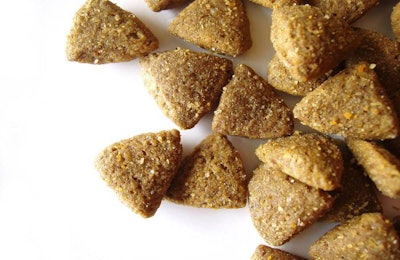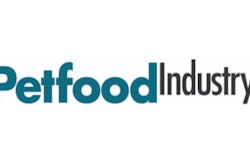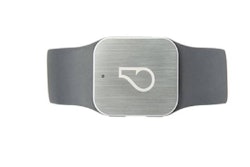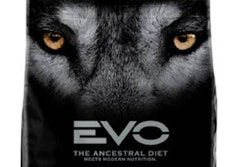
As discussed in April 2016's column (see Ingredient Insights, Petfood Industry magazine), the Association of American Feed Control Officials (AAFCO) has proposed a feed term definition and accompanying guidance to allow for use of "human grade" claims on pet food labels. At the same time, it also drafted an amendment to the existing "feed grade" definition to address other issues. While the change largely affects livestock feeds, it also may have a considerable impact on the pet food industry.
Actually, the term "feed grade" has been in the AAFCO Official Publication for many years. While it implicitly applies to all AAFCO-defined ingredients, it is expressly part of a number of ingredient definitions (see #T33.10 Distillers Oil, Feed Grade; #51.9 Fish Protein Concentrate, Feed Grade; and #54.19 Dried Milk, Feed Grade). The feed term definition is not much help in explaining the standard to which "feed grade" ingredients are held, simply defining it as "suitable for animal consumption."
A number of ingredient definitions that do not use the "feed grade" designation in the name per se define the ingredient with comparable verbiage; e.g., "It shall be suitable for use in animal feed" (see #9.2 Meat, #9.71 Poultry Meal and #60.107 Mixed Tree Nuts). In any case, this verbiage is not very illuminating except to imply that the ingredient wouldn't necessarily need to conform to human food standards. What standards do apply, though?
This ambiguity in interpretation of the term has resulted in problems. As reported previously, some ingredient manufacturers purportedly had been using the definition “#33.5 Fat Product, Feed Grade” to broadly apply to materials from sources that regulators did not consider safe or suitable. In response, AAFCO simply deleted the definition in August 2015.
While there is a more explanatory description in the temporary definition now in place to exclude those questionable sources, eventually it will be replaced by source-specific definitions and use of the name "fat product" to declare an ingredient will no longer be allowed. While that remedied the immediate situation, a need to also clarify what is meant by "feed grade" was deemed prudent.
As proposed by the working group and accepted by the Ingredient Definitions Committee, the amended feed term definition reads as follows:
Feed Grade: Material that has been determined to be safe, functional and suitable for its intended use in animal food, is handled and labeled appropriately, and conforms to the Federal Food, Drug and Cosmetic Act unless otherwise expressly permitted by the appropriate state or federal agency (suitable for use in animal feed).
A new feed term, "Suitable for use in animal feed," was also proposed. Because the phrase is meant to be synonymous with "feed grade," it will be listed in the feed terms section without a definition but rather a note to "See Feed Grade."
What do the new terms mean? Basically, while a feed-grade ingredient does not necessarily have to meet human food standards, such materials cannot be adulterated or misbranded as defined by US Food and Drug Administration (FDA) law unless specifically allowed via enforcement discretion. An ingredient may not be suitable for human consumption simply for cosmetic reasons, as well as safety concerns. For example, the Act deems that a food is adulterated if it contains materials from an animal that "has died otherwise than by slaughter"; i.e., outside of the human food processing chain.
However, FDA has determined that if properly processed to address potential safety concerns (e.g., through rendering), it may be fed to animals despite the fact that it would still be aesthetically displeasing and thus unsuitable for human consumption. For that reason, FDA has established a policy that defines the conditions by which rendered products may be fed notwithstanding the strict interpretation of the Act. What these new feed terms do, though, is take away any deviation from established policy; i.e., only FDA or state regulators can decide what is suitable, and it is not within the purview of the manufacturer to determine whether a material is still "feed grade" if it strays outside the law.
These new definitions must still be approved by the full AAFCO membership before they can appear in the Official Publication. However, as evidenced by events this past year, this clarification in regulatory perspective has already had impact. A very popular pet food ingredient used as an alternative source of DHA has been available for years under the general name "fat product feed grade." Notwithstanding the fact that the ingredient is also used in dietary supplements for human consumption, it is not expressly AAFCO-defined for use in animal feed. However, Definition #33.5 was never contemplated as a "catch-all" under which any fat source would fall, and with deletion of the definition, the ingredient's availability to the pet food industry is now severely curtailed.
For more insights by Dr. Dzanis
















